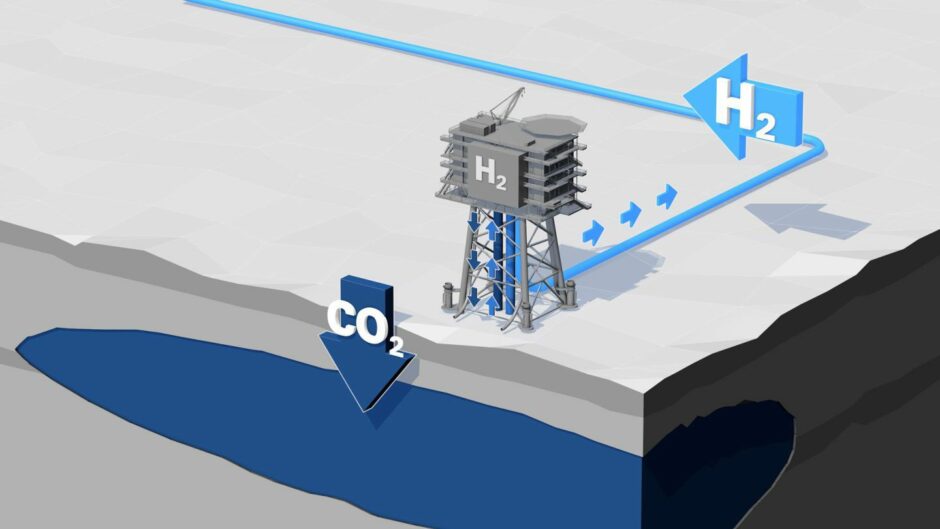
The Crown Estate and Crown Estate Scotland (CES) have launched their first engagement with industry on the future of North Sea carbon capture utilisation and storage (CCUS).
The two arms of the land and seabed manager announced the start of ‘formal engagement’ with developers on Tuesday.
The notice was accompanied by a joint survey issued to industry stakeholders and aimed at exploring the market requirements developing future subsurface carbon stores in UK waters.
The UK Government intends to have four active stores operational by 2030, capable of capturing and storing some 20-30 million tonnes of emissions per year, on the road to supporting net zero emissions by 2050.
The survey will seek input on two key topics, the first of which is to help gauge the number of stores, capacity levels, and annual injection rates that developers might look to establish by 2035 and by 2050.
Secondly, it will look for input on what opportunities and challenges exist in meeting those goals.
The organisation said the survey marked “an important milestone” in the UK’s CCUS journey, and would shape future strategy for the CCUS leasing process.
While the two administrations have tended to work separately, potential storage reservoirs lie in both Scottish and UK waters. As a result, a joint exercise has been undertaken to help reduce the number of engagement responses for developers and help accelerate the process for defining actual leasing round requirements.
Feedback will be shared with the North Sea Transition Authority (NSTA), which is responsible for carbon capture licensing, and The Crown Estate and Crown Estate Scotland will publish an anonymised summary of the main findings.
The work will also help ensure that carbon stores are identified and assessed for effectiveness, to help derive “maximum benefit” from the resources the seabed provides.
The Crown Estate’s head of new ventures for Marine, Nicola Clay, said: “CCUS development is key to how we unlock the full potential of the UK seabed and its contribution to building a net zero future. We are committed to ensuring best practice by collaborating with the many users of the seabed, and to taking a co-ordinated approach to its management, in order to support a thriving marine environment. We are excited to use the data this engagement will provide to inform our progress in the coming months.”
Philippa Parmiter, Gas Storage Development Manager for Crown Estate Scotland, added: “Crown Estate Scotland is pleased to be working in partnership with The Crown Estate on this vitally important engagement, because in order for challenging decarbonisation targets to be met, CCUS capacity and know-how will need to expand.
“We are already enabling the decarbonisation of the UK’s energy network by supporting the leasing of offshore wind, but CCUS is another key ingredient in helping to achieve a net-zero future, and this engagement programme will help bring that ambition closer.”
CES is already considering applications made for its Innovation and Targeted Oil and Gas (INTOG) offshore wind leasing process, which seeks to offer seabed leases for projects aimed at decarbonising offshore oil and gas assets.
Results of the INTOG round are expected in Q2 2023.
